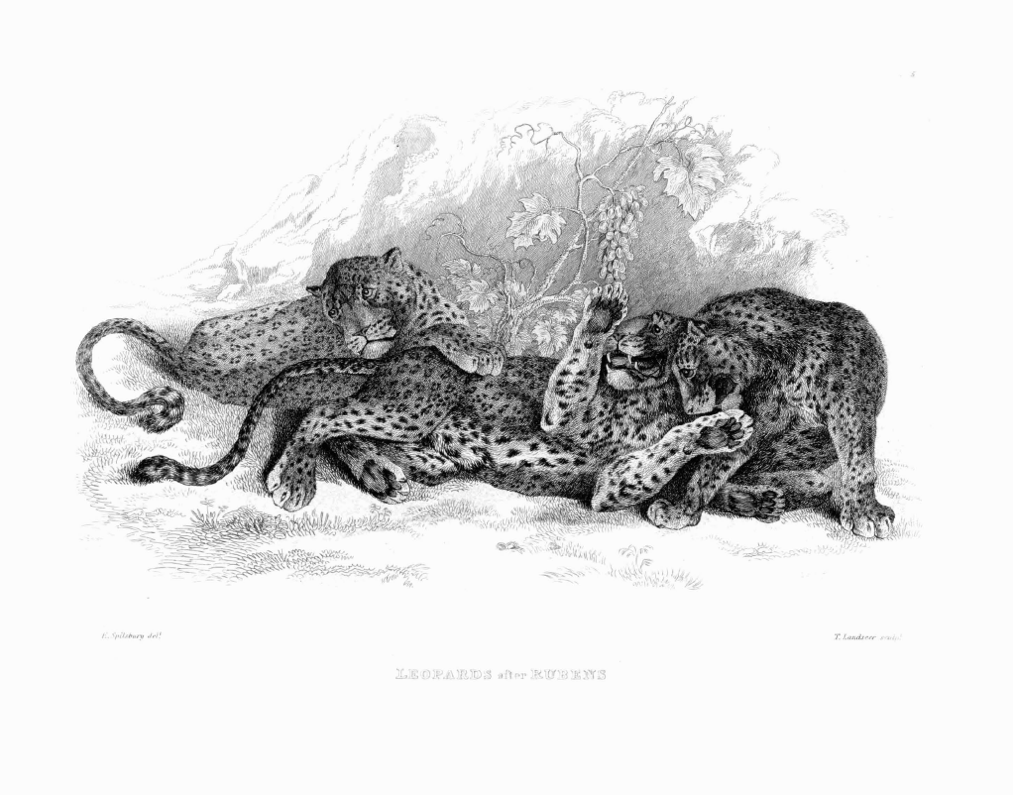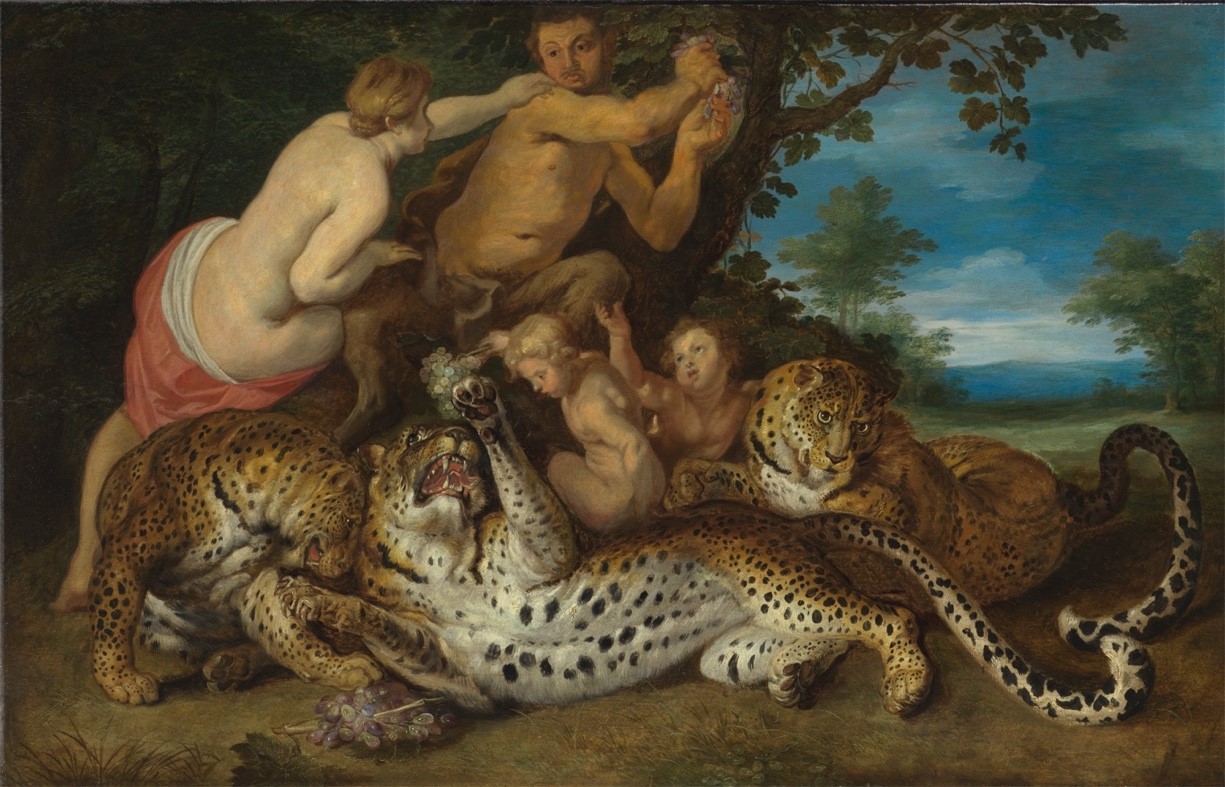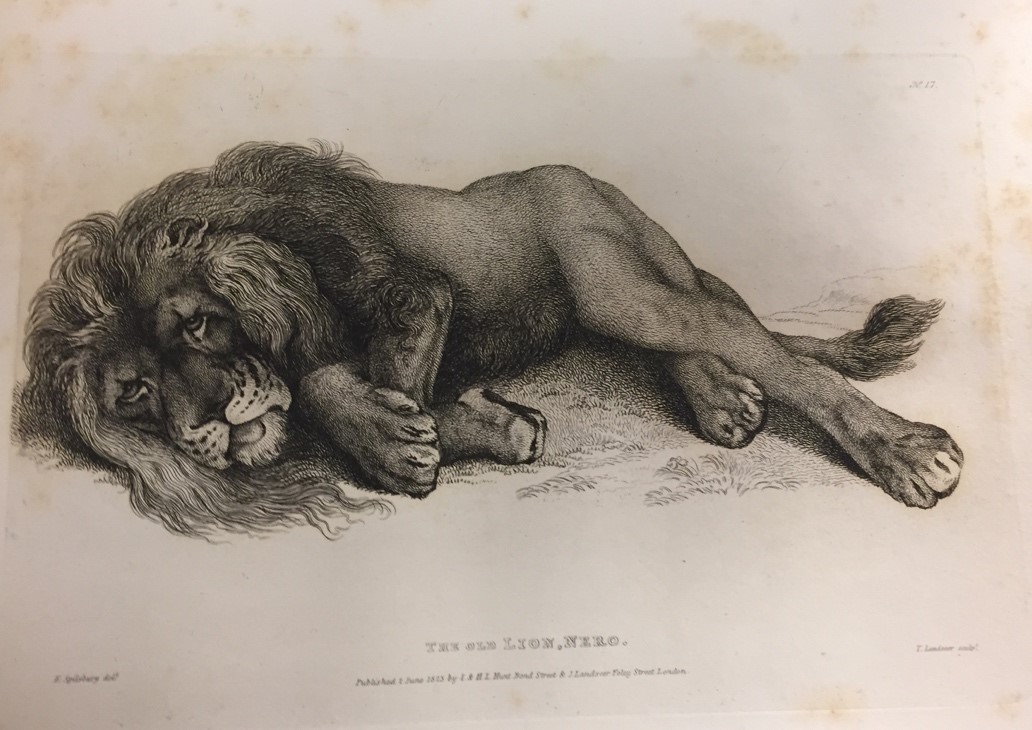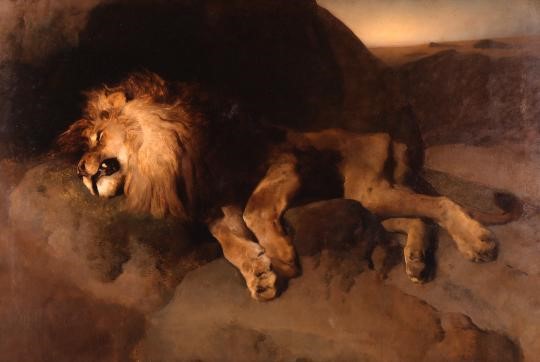News
History, as Harold Macmillan memorably, and perceptively observed, is one damn thing after another. Furthermore, its been happening for a long time. Its widespread practice, when in doubt about the provenance of a good quote, to attribute it to Churchill, who might have said that to understand the future you must understand the past, which is why, writes David Macdonald, we started to think about big cats in art through the ages
We had just finished a study of mammalian charisma and discovered that amongst 1500 modern, lap-top using English-speaking people from America to Australia, there was a significant preference for big cats. Was a similar preference apparent in different cultures at different times, and might the answer be deduced from paintings through the ages. We were thrilled to recruit Dr Caroline Good, art historian and nowadays WildCRU’s Recanati-Kaplan post-doctoral fellow in Art and Conservation.
During the course of Caroline’s broader research at WildCRU, she stumbled upon a 19th century artist handbook in the Special Collections of Oxford’s Bodleian Library. The handbook, Twenty Engravings of Lions, Tigers, Panthers and Leopards (1823), ‘corrects’ the big cats in Old Master paintings using animal studies made at menageries, zoos, and circus shows. This handbook is the focus of ‘Capturing the Cat’, which is in the October edition of History Today.
An influx of non-native wildlife into London at the turn of the 19th century challenged long-held beliefs about species behaviour and character. Through its analysis of Twenty Engravings Caroline Good’s article demonstrates how notions of large carnivores transformed and diversified in British culture during this period. It also reminds us that if big cats disappear at the rate that looks ominously likely, the next generation will have to rely solely on pictures rather than the real thing, just as animal artists did before the wildlife trade came roaring into Britain at the turn of the 19th century.
-
 Leopards after Stubbs Edgar Ashe Spilsbury and Thomas Landseer after George Stubbs From Twenty Engravings of Lion, Tigers, Panthers and Leopards in Bodleian Library, Oxford
Leopards after Stubbs Edgar Ashe Spilsbury and Thomas Landseer after George Stubbs From Twenty Engravings of Lion, Tigers, Panthers and Leopards in Bodleian Library, Oxford -
 Golden Age Jan Brueghel the Younger and Circle of Peter Paul Rubens Oil on panel 38 x 59.2 cm Leiden Collection, New York
Golden Age Jan Brueghel the Younger and Circle of Peter Paul Rubens Oil on panel 38 x 59.2 cm Leiden Collection, New York -
 The Old Lion Nero Edgar Ashe Spilsbury and Thomas Landseer From Twenty Engravings of Lion, Tigers, Panthers and Leopards in Bodleian Library, Oxford
The Old Lion Nero Edgar Ashe Spilsbury and Thomas Landseer From Twenty Engravings of Lion, Tigers, Panthers and Leopards in Bodleian Library, Oxford -
 The Desert Edwin Landseer Oil on canvas c.1849 Manchester Art Gallery
The Desert Edwin Landseer Oil on canvas c.1849 Manchester Art Gallery





